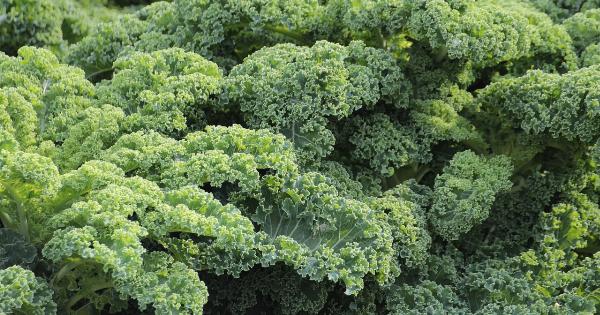Childbirth is a beautiful and natural process, but sometimes certain complications can lead to a cesarean section (C-section) delivery.
While this surgical procedure has saved countless lives and is a crucial intervention when necessary, it also comes with its own set of challenges and recovery time. However, recent research has shed light on a remarkable natural resource that can aid in the healing process of C-section wounds – breastmilk.
Understanding C-Section Wounds
During a C-section, a surgical incision is made in the abdominal wall and uterus to deliver the baby. This incision requires time and care to heal properly. C-section wounds are often associated with pain, discomfort, and the risk of infection.
Healing can take several weeks, and any assistance in accelerating the process is highly desirable.
Benefits of Breastmilk on C-Section Wounds
While breastmilk is primarily known for its nutritional benefits for infants, it also contains various properties that can aid in wound healing. Here are some of the key ways breastmilk helps with C-section wound healing:.
1. Antibacterial Properties
Breastmilk is packed with antibodies and immune-boosting agents that protect newborns from infections. These same properties can help prevent infection in C-section wounds.
The antimicrobial and antibacterial components of breastmilk create an inhospitable environment for bacteria, reducing the likelihood of wound infections.
2. Anti-Inflammatory Effects
C-Section wounds often lead to inflammation, causing discomfort and slowing down the healing process. Breastmilk contains anti-inflammatory agents, such as cytokines and nucleotides, which can help reduce inflammation and ease pain in the surgical site.
These anti-inflammatory properties facilitate faster healing and a more comfortable recovery.
3. Growth Factors
Another remarkable aspect of breastmilk, especially colostrum (the first milk produced after birth), is its abundance of growth factors. These growth factors play a crucial role in tissue repair and regeneration.
By applying breastmilk to C-section wounds, the growth factors can stimulate cellular growth and accelerate the healing process.
4. Moisturizing and Soothing
Applying breastmilk on C-section wounds can provide moisture and soothe the incision site. The moist environment created by breastmilk aids in wound healing by preventing scabbing, allowing new cells to grow efficiently.
Additionally, breastmilk’s soothing properties can alleviate discomfort and itching commonly experienced during the healing process.
Using Breastmilk for C-Section Wound Care
If you have recently undergone a C-section or are preparing for one, you may wonder how to utilize breastmilk for wound care. Here are a few practical steps to consider:.
1. Express and Collect Breastmilk
Begin by expressing and collecting breastmilk in a clean container. Wash your hands thoroughly before handling the milk to maintain hygiene. If you are producing surplus breastmilk, consider storing it in sanitized containers for future wound care use.
2. Apply Breastmilk on the Wound
Using a clean cotton ball or sterile dropper, gently apply the expressed breastmilk directly to the C-section wound. Ensure that the wound is clean and dry before application.
Let the breastmilk air dry on the wound or gently pat it dry with a clean, soft cloth.
3. Repeat Regularly
For optimal healing benefits, repeat the application of breastmilk on the C-section wound regularly. Aim for at least two to three times a day or as recommended by your healthcare provider.
The frequency may vary depending on your individual healing progress.
4. Consult with Your Healthcare Provider
It is essential to consult with your healthcare provider before incorporating breastmilk into your C-section wound care routine.
They can provide specific guidance based on your individual circumstances and ensure that it complements any prescribed treatments.
Final Thoughts
Cesarean section wounds require careful healing and attention. While breastmilk is often associated with infant feeding, the healing properties it possesses can benefit moms as well.
Breastmilk’s antibacterial, anti-inflammatory, and growth factor properties make it a valuable natural resource for C-section wound care. Incorporating breastmilk into your wound care routine, with the guidance of your healthcare provider, can potentially promote faster healing and a smoother recovery.































